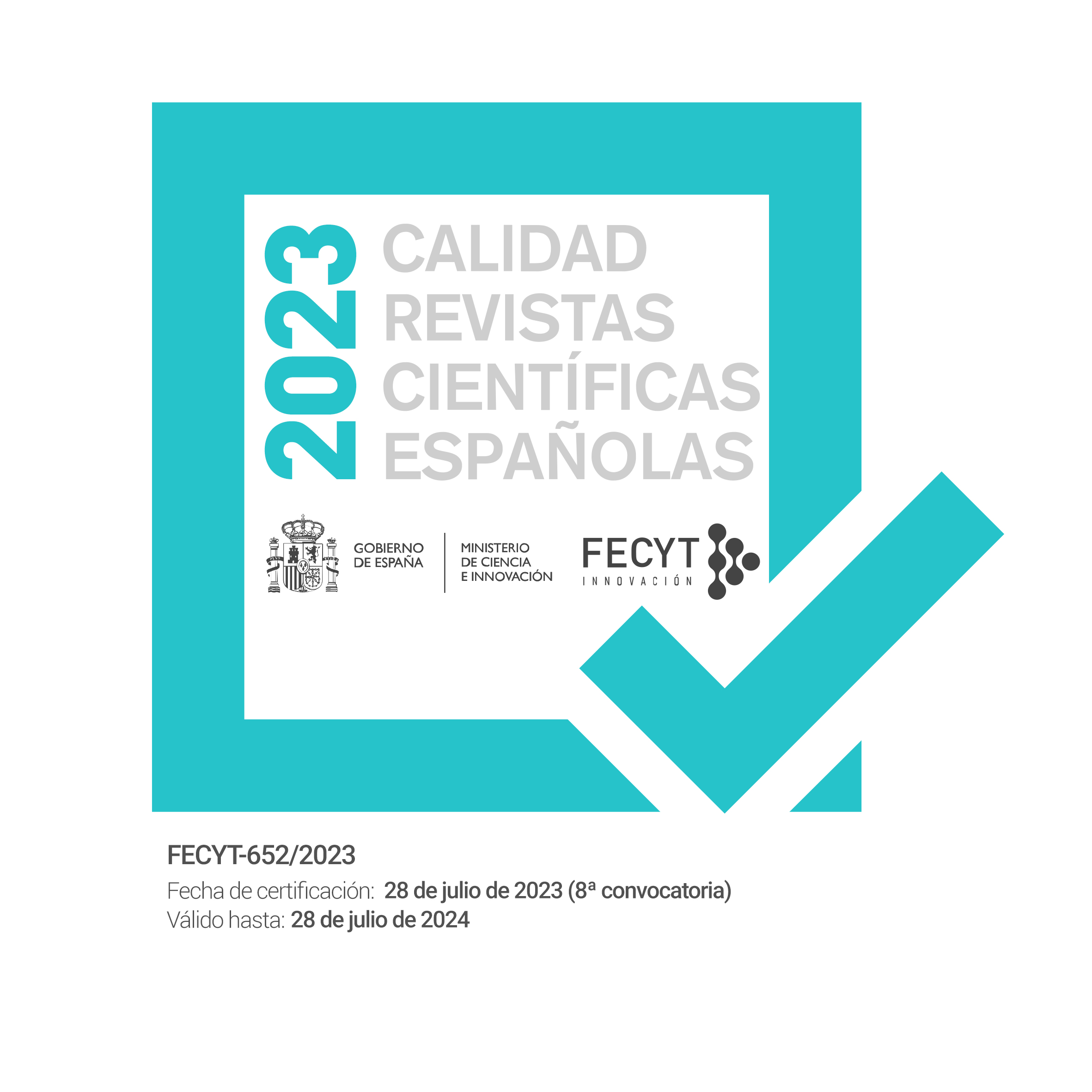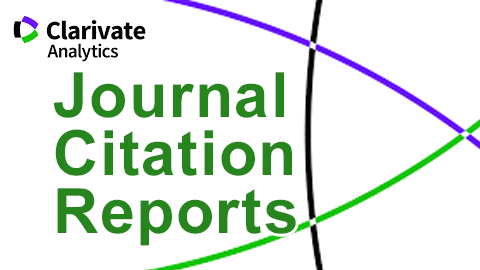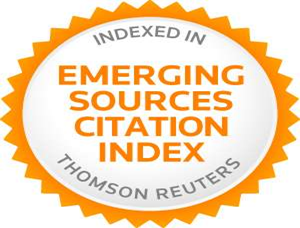El aprendizaje de los fonemas / É‘: æ ÊŒ É™/ por parte de hispanohablantes a través de una enseñanza implícita
Resumen
El objetivo de este artículo es analizar el efecto de una instrucción implícita (II) de los fonemas /É‘: æ ÊŒ É™/ a través de la poesía frente a una instrucción explícita (IE) tradicional. Los participantes fueron dos grupos de 20 alumnos hispanohablantes cada uno que recibieron instrucción fonética del inglés con distinta metodología. Tras el periodo lectivo los alumnos leyeron un corpus de ítems que incluía palabras conocidas y desconocidas para ambos grupos. Se llevó a cabo un análisis auditivo de los datos en el que participaron tres expertos en fonética inglesa, junto con un análisis acústico de los dos primeros formantes de los fonemas estudiados. Los resultados señalaron que el grupo que recibió instrucción implícita produjo un 75 % de fonemas correctos frente al 40 % del grupo de instrucción explícita. Estos resultados muestran la relevancia de los patrones rítmicos al adquirir los diferentes timbres vocálicos del inglés.
Palabras clave: vocales; instrucción implícita; instrucción explícita; patrones rítmicos
Abstract
The aim of this paper is to analyze the effectiveness of an implicit teaching of the vowel sounds /ɑ: æ ʌ ə/ through poetry versus traditional explicit teaching. The participants were two groups of 20 Spanish speakers who received different English phonetic instruction. At the end of the academic year students were asked to read a list of items including known and unknown words for both groups. An auditory analysis of the data was carried out by a group of three experts on phonetics one of whom was native, along with an acoustic analysis of the first two formants of the target sounds. The results of both analyses showed that the group that received implicit teaching produced 75 % of correct vowels whereas the other group only produced 40 % of correct sounds. These results highlight the importance of the rhythmic pattern when acquiring the different English vowel qualities.
Keywords: vowels; implicit instruction; explicit instruction; rhythmic patterns
Citas
Barreiro, S. C., Estebas-Vilaplana, E. y Soto, I. (2005). Teaching Phonetics Through Singing and Reciting. Madrid: UNED.
Borden, G. J. y Harris, K. S. (2011). Speech Science Primer. Physiology, Acoustic and Perception of Speech. Baltimore: Williams y Wilkins.
Boersma, P. y Weenink, D. (2018). Praat: Doing Phonetics by Computer [Computer program]. Versión 6.0.40.
Castillo Piña, L. A, Algara, A. y González, J. E. (2009). Estrategia metodológica comunicativo-funcional para la enseñanza de la pronunciación en inglés como L2. Paradigma, 2, 75-98.
Castino, J. (1996). El impacto de un curso de fonética en la adquisición de la fonología española. Cuadernos Cervantes, 6, 44-47.
Celce-Murcia, M., Brinton, D. y Goodwin, J. (1996). Teaching Pronunciation: A Reference for Teachers of English to Speakers of other Languages. Cambridge: Cambridge University Press.
Cruttenden, A. (2001). Gimson’s Pronunciation of English (6ª ed.). Lóndres: Arnold.
DeKeyser, R. M. (2003). Implicit and explicit learning. En C. J. Doughty y M. H. Long (Eds.), The Handbook of Second Language Acquisition (pp. 313-348). Oxford: Blackwell.
Derwing, T. M., Munro, M. J. y Wiene, G. (1998). Pronunciation instruction for «fossilized» learners: Can it help? Applied Language Learning, 8(2), 217-235.
Derwing, T. M y Munro, M. J. (2005). Second language accent and pronunciation teaching: A research-based approach. TESOL Quarterly, 39(3), 379-397.
Dickerson, Wayne B. (1987). Orthography as a pronunciation resource. World Englishes, 6(1), 11-20.
Dinçay, T. (2010). A quick chronological review of the ELT methods along with their techniques and principles: Choosing eclecticism from among language teaching methods. Dil Dergis, 147, 40-62.
Elliot, A. R. (1997). On the teaching and acquisition of pronunciation within a Communicative Approach. Hispania, 80(1), 95-108.
Ellis, R. (2009). A typology of written corrective feedback types. English Language Teaching Journal, 63(2), 97-107.
Estebas-Vilaplana, E. (2009). Teach Yourself English Pronunciation. An Interactive Course for Spanish Speakers. Madrid: UNED.
Flege, J. E. (1995). Second-language speech learning: Theory, findings, and problems. En W. Strange (Ed.), Speech Perception and Linguistic Experience (pp. 233-277). Timonium, MD: York Press.
Gimson, A. C. (1975). A Practical Course of English Pronunciation: A Perceptual Approach. Lóndres: Edward Arnold.
Howatt, A. P. R. (1984). A History of English Language Teaching. Oxford: Oxford University Press.
Jacobs, G. y Hannah, D. (2009). Combining cooperative learning with reading aloud by teachers. International Journal of English Studies, 4(1), 97-118.
Krashen, S. D. y Terrell, T. D. (1983). The Natural Approach: Language Acquisition in the Classroom. Lóndres: Prentice Hall.
Krashen, S. D. (1985). The Input Hypothesis: Issues and Implications. Nueva York: Longman.
Ladefoged, P. (2006). A Course in Phonetics. California: Cengage Learning.
Maley, A. y Duff, A. (1989). The Inward Ear Poetry in the Language Classroom. Cambridge: Cambridge University Press.
Navarro Tomás, T. (1991). Manual de pronunciación española. Madrid: Editorial CSIC.
Norris, J. M. y Ortega, L. (2000). Effectiveness of L2 instruction: A research synthesis and quantitative meta-analysis. Language Learning, 50(3), 417-528.
Oxenden, C. y Lathan-Koening, C. (2018). New English File Intermediate. Oxford: Oxford University Press.
Pennington, M. (1995). Phonology in English Language Teaching: An International Approach. London: Routledge.
Pike, K. L. (1945). The Intonation of American English. Arbor: University of Michigan Press.
Purcell, E. T. y Suter, R. W. (1980). Predictors of pronunciation accuracy: A reexamination. Language Learning, 30(2), 271-287.
Quilis, A. (2005). Fonética histórica y fonología diacrónica (unidad didáctica). Madrid: UNED.
Quijada Romero, J. A. y Madrid, D. (1999). Técnicas experimentadas en el aula para la evaluación de la pronunciación de la lengua inglesa. En T. Harris e I. Sanz (Eds.), ELT: Through the Looking Glass (pp. 171-187). Granada: GRETA.
Roach, P. (2009). English Phonetics and Phonology (4ª ed.). Cambridge: Cambridge University Press.
Rochelle, E. (1906). El método directo en la enseñanza de las lenguas vivas. Conferencias. Burdeos: G. Delmas.
Rogerson-Revell, P. (2011). English Phonology and Pronunciation Teaching. Lóndres: Continuum.
Simonet, M. (2016). The phonetics and phonology of bilingualism. En S. Thomason (Ed.), Oxford Handbooks in Linguistics Online (pp. 1-23). Oxford: Oxford University Press.
Spada, N. y Lightbown, P. (2008). How Languages Are Learned. Oxford: Oxford University Press.
Spada, N. y Tomita, Y. (2010). Interactions between type of instruction and type of language feature: A meta-analysis. Language Learning, 60(2), 263-308.
Descargas
Publicado
Número
Sección
Licencia
Reconocimiento – No comercial (CC BY-NC). Bajo esta licencia el usuario puede copiar, distribuir y exhibir públicamente la obra y puede crear obras derivadas siempre y cuando estas nuevas creaciones reconozcan la autoría de la obra original y no sean utilizadas de manera comercial.
Los autores retienen todos sus derechos de publicación y copyright sin restricciones.









